Scuba Cat Diving restored my Confidence
I first discovered Scuba Cat Diving, Phuket, Thailand 7 months ago when I had nearly decided to stop diving after completing an Advanced Open Water course that fell far short of standards and left me feeling uncomfortable and lacking in confidence in the water……
Today, I am nearing completion of my Dive Master Course at Scuba Cat.
While taking my Advanced Open Water course on a Similans Liveaboard, I saw the same course being taught far more comprehensively by an Instructor (Kiwi) from Scuba Cat. As a newly certified Open Water diver I didn’t want to question my advanced training but through comparison and several experiences in the water that put my safety in jeopardy, it was clear that my training was incomplete and rushed. After speaking with Kiwi relaying some of my concerns he told me to stop by the Scuba Cat Dive shop in Patong when I finished the liveaboard.
When I arrived back in Patong I went to see Scuba Cat. General Manager, Sarah, was already aware of what had happened and she offered to put me on one of their boats free-of-charge to receive the training that I should have received during my course. In short I had not met the performance requirements that would make me an Advanced Open Water diver, however I had been signed off anyway. At this point in time I had no connection with Scuba Cat and here they were prepared to reteach the course for me to ensure that I was a competent AOW diver.
The next day I went to Racha Yai to repeat the navigation, deep, and peak performance buoyancy portions of my course. From the moment I got on the boat I felt very well taken care of.
Tony, my Instructor went through all of my equipment set up and briefed me on what we were going to do. It was taught in a very accessible manner and I felt prepared and ready for my dives. Whilst in the water, we covered all of the performance requirements that an advanced diver should demonstrate. The training was very comprehensive and I felt my confidence returning in the water. There was no question in my mind that I was going to continue diving and that that Scuba Cat was the only choice.
Several months on a Rescue Diver course, 5 specialities and a Master Scuba Diver later) I am now in the middle of my Dive Master training.
How far I have come from those few months ago when I was ready to give up diving because of a poor learning experience!
The Dive Master course is the first rung on the professional ladder. It is challenging and exhausting but so much fun. I am training with several other people and there is a great sense of camaraderie. We complete an extensive range of classroom training, pool training and open water training and our learning encompasses even more than what is required by standards. We assist on multiple courses and have access to experienced instructors that are a wealth of information and incredibly supportive in our learning. I have assisted on a few courses now and it is really a great opportunity to see and participate in different teaching practices. All of the Scuba Cat Instructors are very vigilant about making sure that their students meet the performance requirements but their methods are varied and to have exposure to that is a good learning tool.
As a repeat customer and now a Dive Master trainee, I would say that the one thing that has kept me coming back to Scuba Cat is their commitment to quality and excellence. We repeat skills and tasks over and over again and our training is not just about doing something once and then being signed off. There are multiple opportunities to practice and hone our skills. Of course as Dive Master trainees we make lots of mistakes but even those are turned in to valuable learning opportunities. Our mistakes also are fodder for the instructors who love to tease us. I, for one, will never again forget to pack my wet suit for a cold and rainy day of pool training!
As trainees, we a representing the company and therefore are expected to abide by the company code of conduct. We have responsibilities just as the staff members do and our assistance is required in order to keep things running efficiently and effectively. During the course you learn that your scope of responsibilities lies well beyond being in the water with customers. In many ways, we are relied upon more than some of the instructors as customers feel more comfortable talking with you as you are nearer their level in terms of dive experience.
One of the most magical parts of this course is being there for the first moment that someone takes their first breath underwater. As we are in the ocean so much it is easy to forget the magic that surrounds you on a daily basis and it is always a reminder of how lucky I am when I get to share that experience with a new diver.
The Dive Master course is a serious commitment and I could not recommend Scuba Cat more highly. In just a few weeks, I feel that I have learnt so much. The staff are supportive and I feel that I am part of a team. Every day offers something new to learn and I feel confident that when I am signed off as a Dive Master I will have been trained to the highest standards.


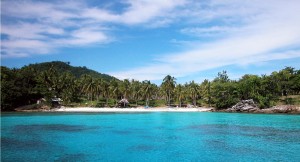

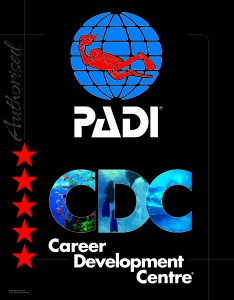
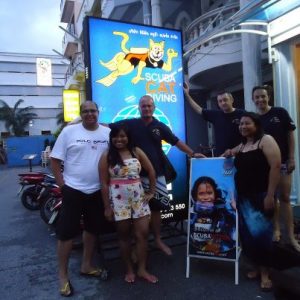
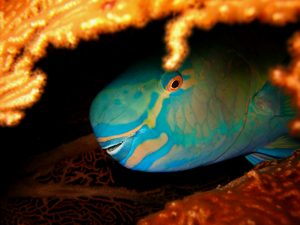
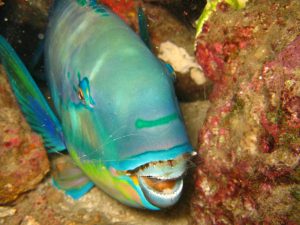
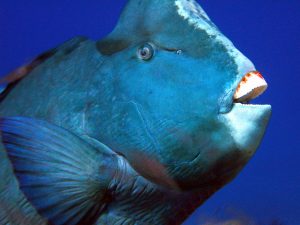





Scubacat Community